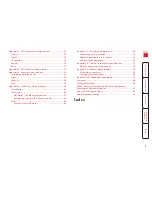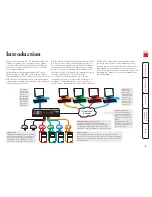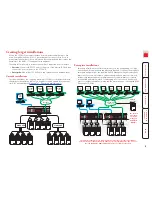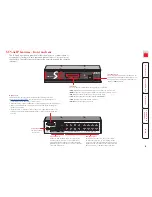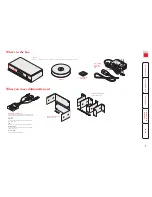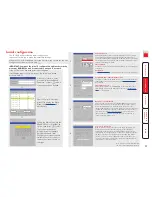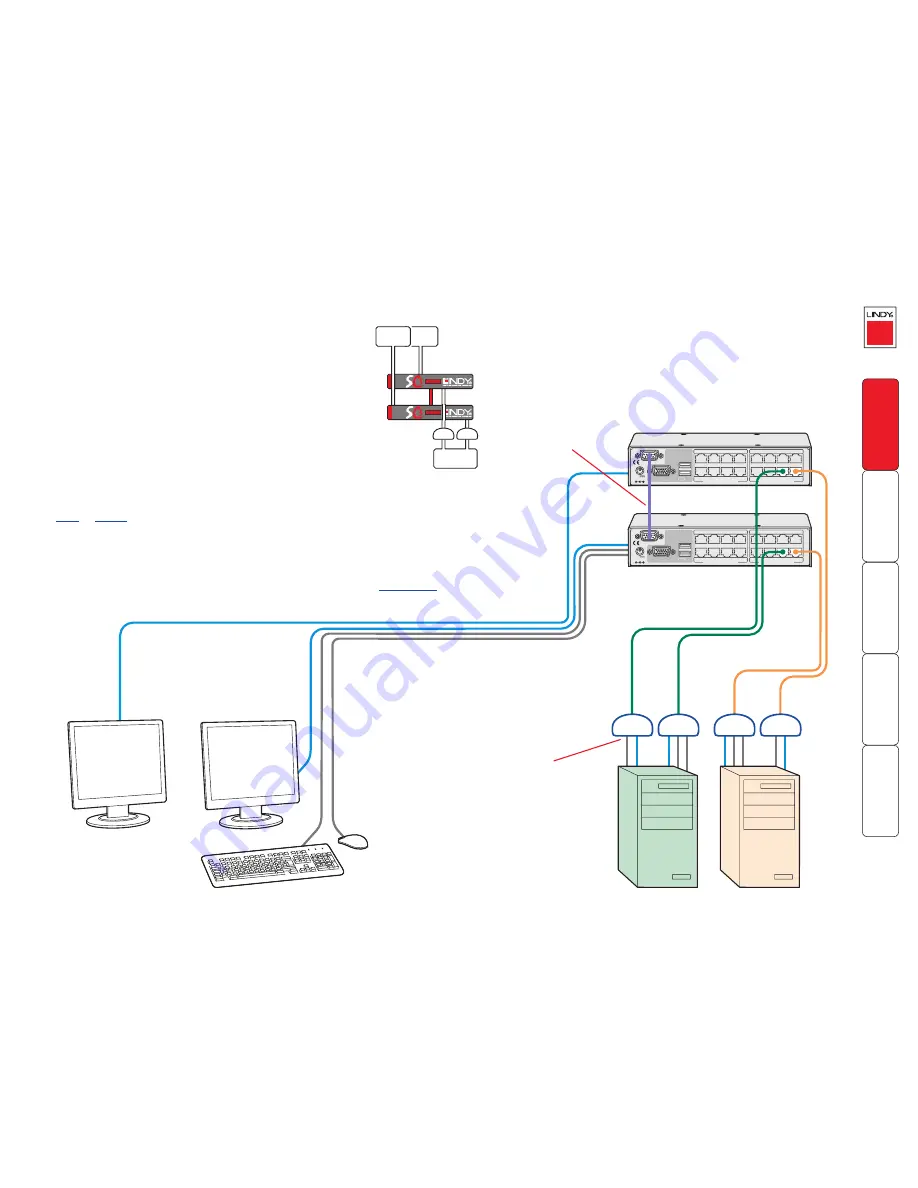
INDOOR
USE
ONL
Y
5V
4.0A
4
12
3
11
2
10
1
9
8
16
7
15
6
14
5
13
OPTIONS
COMPUTER CONNECTIONS
COMPUTER CONNECTIONS
INDOOR
USE
ONL
Y
5V
4.0A
4
12
3
11
2
10
1
9
8
16
7
15
6
14
5
13
OPTIONS
COMPUTER CONNECTIONS
COMPUTER CONNECTIONS
CAM
CAM
CAM
CAM
Slave SC-xIP
Master SC-xIP
Master monitor
Slave monitor
Computers fitted
with dual video
heads
Serial
synchronisation
cable
Multiple video head connections
Two or more SC5-4xIP units can be connected together so that
they operate in a synchronised manner. Synchronised operation
is useful for applications that require multiple video signals to be
switched together. This type of operation is usually required where
each computer is fitted with multiple video cards or video cards with
multiple video heads. Whenever an SC5-4xIP channel is switched,
it sends an RS232 command out on its serial interface (marked
OPTIONS
on the rear panel). An SC5-4xIP will switch its channel if it
receives the same command on its serial interface. Consequently,
by linking the serial interfaces, a master unit may be made to
automatically switch one or more slave units as shown in the
diagram.
Note: You must ensure that all SC5-4xIP
units have their Options serial ports set to ‘Sync
Units’ and that their baud rates are identical. These settings can be made either via the
local
or
global
user configuration menus.
It should be noted that the synchronisation cable deliberately does not have the transmit
pin of the Slave End connector linked to the receive pin of the Master End connector. To
do so would cause the Slave unit to be able to switch the Master unit. This would setup an
endless cyclical switching sequence that would prevent the SC5-4xIP devices from operating
correctly. For more details about the serial synchronisation cables, see
Appendix 8
.
Notes
It is recommended that the
second CAM in each pair is a
USB-type and that it is plugged
to a vacant USB port on the host
computer to derive its power.
Pairs of CAMs can be strapped
back-to-back with cable ties to
create a tidy installation.
LOCAL
USER
HOST
COMPUTER
CAM CAM
LOCAL
USER




